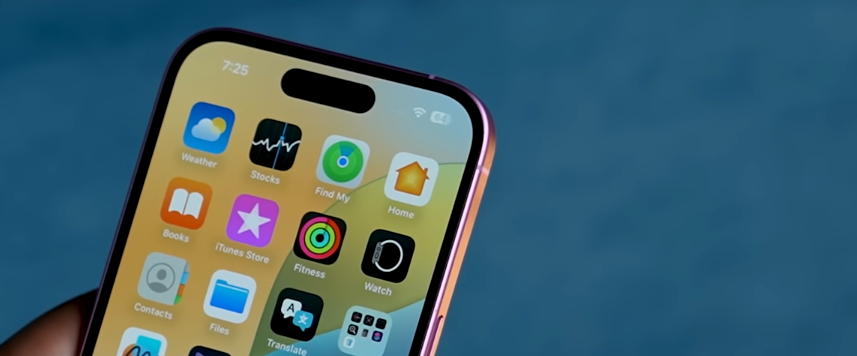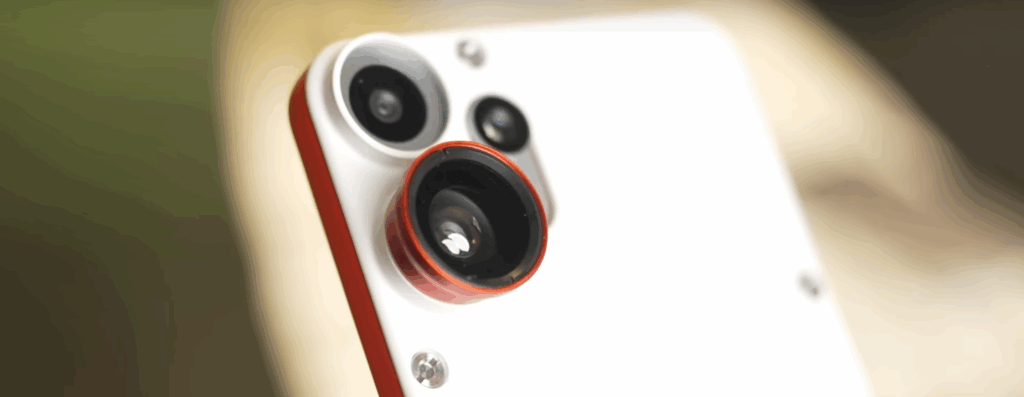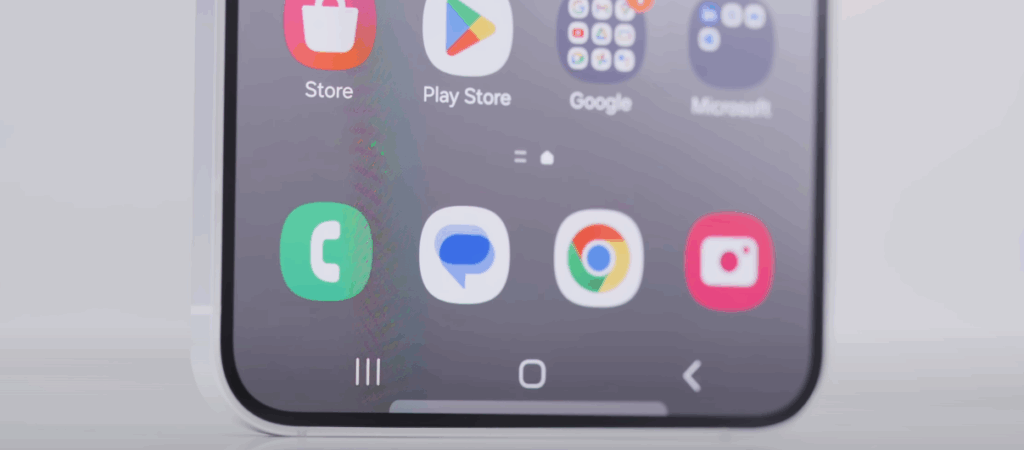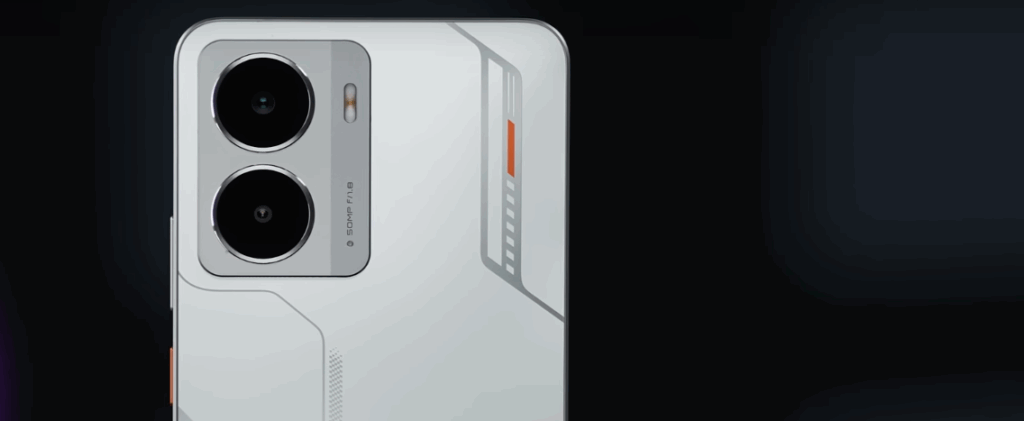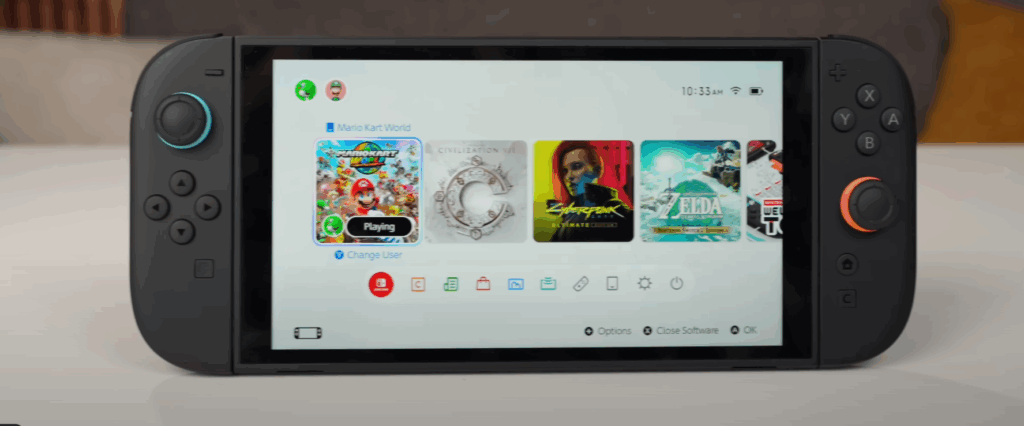
Introduction
The original Nintendo Switch changed the gaming landscape when it launched in 2017, blurring the lines between handheld and home console in a way no other device had done before. It went on to sell over 130 million units, becoming one of the most successful consoles of all time.
But in 2025, nearly eight years later, the industry is buzzing with talk of the Nintendo Switch 2—Nintendo’s next-generation console that aims to refresh, refine, and re-energize its hybrid formula.
What will it look like? How much more powerful will it be? What do the most credible leaks and industry insiders say? And—most importantly—is it worth waiting for?
In this human-friendly, ~1500-word deep-dive, I’ll break down everything we know (and suspect) about the Nintendo Switch 2 so far, including:
- Key specs (leaked and rumored)
- Design expectations
- New features
- Backward compatibility
- Release date speculation
- Game lineup rumors
- Expert analysis of what it all means
If you’re thinking about upgrading, holding off on buying a current Switch, or just love following gaming tech—this comprehensive, AdSense-ready guide is for you.
✅ Quick Snapshot: What is the Nintendo Switch 2?
The Nintendo Switch 2 (final name TBD—it could also be “Super Switch” or something entirely new) is expected to be the successor to the 2017 Nintendo Switch and its mid-life revision, the Switch OLED.
| Feature | Details (Rumored/Leaked) |
|---|---|
| Type | Hybrid console: handheld & docked modes |
| Processor | Custom Nvidia Tegra chip (Ampere architecture) |
| Display | 8-inch LCD or OLED, 1080p portable resolution |
| Docked Output | Up to 4K with DLSS upscaling |
| RAM | 8GB–12GB LPDDR5 |
| Storage | 256GB+ internal, expandable via microSD |
| Backward Compatibility | Expected with Switch 1 games |
| Release Date | Most likely late 2024 or early 2025 |
| Price Range | Expected $399–$449 USD |
Verdict so far: It’s a major generational leap that still respects the hybrid design fans love.
🎨 Design: Familiar Hybrid, More Refined
One of the most consistent rumors among leakers and supply chain insiders is that Nintendo isn’t going to throw away the Switch’s core hybrid concept. Instead, expect evolutionary refinements:
✅ Expected Changes
- Larger display—8 inches (vs. 7″ OLED now).
- Thinner bezels for a more modern look.
- Slightly thicker to house better cooling.
- Improved Joy-Con design with stronger rails to reduce drift.
- More ergonomic handheld comfort.
- Possible OLED for premium models, LCD for base.
✅ Key Insight
Nintendo is conservative with hardware changes that break compatibility. The overall form factor will stay very Switch-like, ensuring older accessories (like Pro Controllers) work.
Real-world impact: You’ll pick it up and know it’s a Switch, just… better.
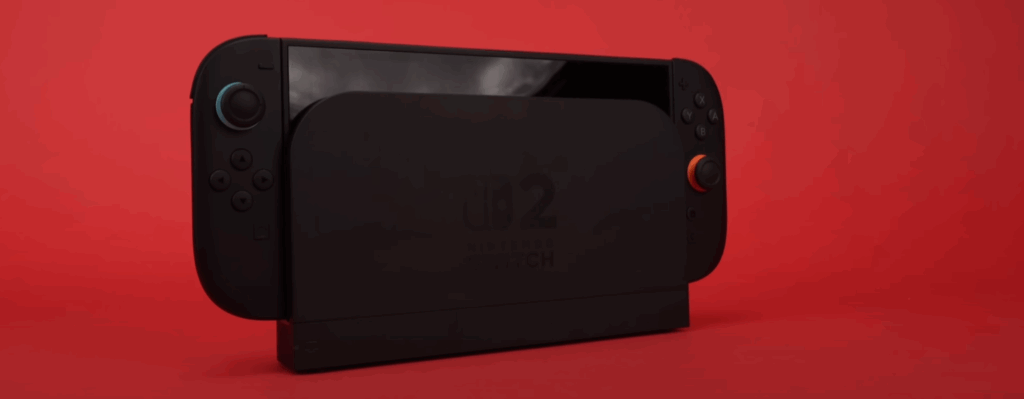
🖥️ Display: Bigger, Sharper, Brighter
Display tech is one area where the original Switch has aged noticeably, especially in handheld mode.
✅ Rumored Specs
- Size increase from 7″ to ~8″.
- LCD standard; OLED for premium SKU (just like the Switch OLED model).
- 1080p resolution in handheld mode (vs. 720p today).
- Higher peak brightness for outdoor play.
✅ Why It Matters:
- 1080p handheld gaming is a meaningful leap.
- OLED models have become standard in high-end phones—gamers expect that rich contrast.
- Nintendo knows players want better visuals on the go.
Bottom line: Even in handheld mode, games should look significantly sharper and more modern.
⚡ Performance: DLSS and the Nvidia Factor
Here’s where things get spicy.
Multiple credible leaks agree: Nvidia is back on board with a custom Tegra SoC—but this time it’s Ampere-based (the architecture behind RTX 30-series GPUs).
✅ Rumored Performance Features
- DLSS 2.0/3.0 support for docked 4K upscaling.
- Ray tracing support in limited cases.
- Significantly faster CPU cores.
- 8–12GB LPDDR5 RAM (vs. ~4GB today).
✅ What DLSS Means
Nvidia’s Deep Learning Super Sampling (DLSS) is AI upscaling that makes 4K output possible without native 4K rendering. This is how Nintendo can hit 4K TV output while keeping cost and heat manageable.
Expectations: Don’t think PlayStation 5-level power. But it will comfortably beat the original Switch and even Steam Deck in some docked use cases thanks to DLSS.
🎮 Backward Compatibility: A Must-Have Feature
Almost every leak and analyst agrees: Backward compatibility is a lock.
Nintendo’s entire Switch ecosystem is built around:
- Digital purchases from the eShop.
- A huge library of first-party hits (Zelda: TOTK, Mario Odyssey, Animal Crossing).
- Physical game carts.
They can’t abandon that overnight.
✅ Rumors
- Full backward compatibility with Switch 1 games (cartridges and downloads).
- Possible enhancements for select older games (higher res, better frame rates).
✅ Why It Matters:
No one wants to lose their library. This will smooth the transition and help Nintendo avoid angering millions of loyal fans.
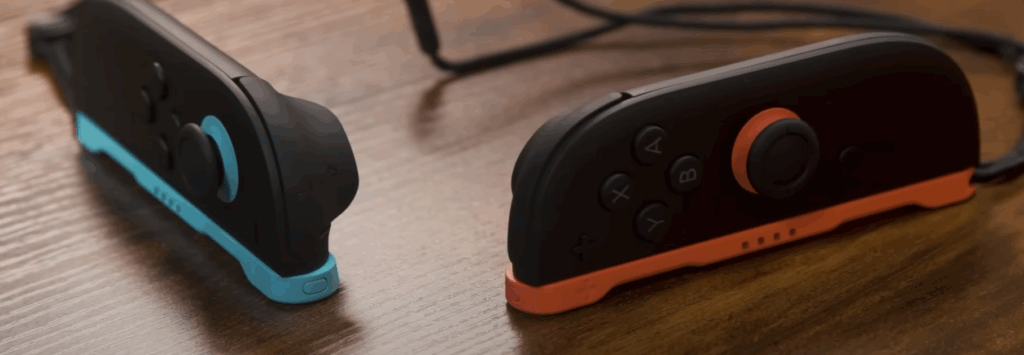
🕹️ New Features: What Could Set It Apart?
Nintendo always likes to innovate—sometimes in quirky ways.
While the core hybrid idea remains, there are a few credible rumors and patents suggesting new features:
✅ Improved Joy-Cons
- Magnetic rails?
- More robust stick design to reduce drift.
- New haptics.
✅ Better Battery Life
- Efficiency improvements thanks to newer chip fabrication.
- Smarter power management in handheld mode.
✅ Advanced Dock
- Built-in upscaling chip (DLSS).
- Ethernet port.
- Better heat management.
✅ New UI/OS
- Faster, more modern OS with streamlined eShop.
- User profiles and parental controls upgraded.
✅ Cloud Gaming Integrations
- Nintendo has hinted at exploring cloud gaming partnerships.
Real-world outlook: Nintendo doesn’t just copy Sony/Microsoft. Expect one or two unique twists no one else has.
🗓️ Release Date Speculation: When Will It Arrive?
The most credible timeline—based on component orders, analyst chatter, and supply chain leaks—is late 2024 to early 2025.
✅ Supporting Clues
- Nintendo’s suppliers are reportedly ramping production mid-2024.
- Game dev kits have reportedly been in partner hands since late 2023.
- Nintendo’s historical pattern: Big late-year hardware releases for holiday sales.
✅ Predicted Launch Window
- Japan first in Q4 2024.
- Global rollout continuing into early 2025.
My best guess: Holiday 2024 in key markets, with some regional delays possible.

🎯 Game Lineup: What Can We Expect?
Games sell consoles—and Nintendo knows this better than anyone.
✅ First-Party Titles
While nothing official is confirmed, leaks and logic suggest:
- New 3D Mario (Odyssey 2 or equivalent).
- Next-gen Pokémon mainline.
- Enhanced Breath of the Wild/Tears of the Kingdom port.
- Metroid Prime 4 (finally!).
- Mario Kart 9.
✅ Third-Party Support
- Capcom, Ubisoft, Bandai Namco reportedly have dev kits.
- Expect better ports of big games thanks to DLSS (Monster Hunter, Resident Evil).
- Indie hits will thrive with a larger install base and better hardware.
✅ Backward Compatibility Bonus
Even if there’s a thin launch lineup, existing Switch games fill the gap.
Verdict: Expect a stronger-than-Switch 1 launch lineup thanks to better planning and dev support.
✅ Pros and Cons (Based on What We Know)
✅ Pros
- Significantly more powerful hardware.
- 1080p handheld, 4K docked with DLSS.
- Larger, better display.
- Improved Joy-Con design.
- Backward compatibility.
- Nintendo’s killer first-party exclusives.
❌ Cons
- Higher price (likely $399–$449).
- Potential supply shortages at launch.
- Nintendo’s online services remain weaker than Sony/Microsoft.
- DLSS upscaling isn’t true native 4K.
- Could see multiple SKUs confusing buyers.
🧭 Who Should Wait for the Nintendo Switch 2?
✅ Best for:
- Current Switch owners ready to upgrade.
- New buyers wanting the best long-term value.
- Hardcore Nintendo fans chasing Zelda/Mario/Pokémon at their best.
- Families who want the most future-proof option.
❌ Not ideal for:
- Bargain hunters happy with current Switch OLED deals.
- Those who don’t care about better graphics or new features.
- Very casual players who won’t use the improvements.
⭐ Final Verdict: Is the Nintendo Switch 2 Worth Waiting For?
The Nintendo Switch 2 isn’t just a mild refresh. It promises to be a meaningful next-gen leap that modernizes Nintendo’s beloved hybrid concept.
Expect better visuals, smarter upscaling with DLSS, a bigger and brighter screen, stronger Joy-Cons, and robust backward compatibility.
For many gamers, it’s going to be the ultimate way to play Mario, Zelda, Pokémon, and countless indies for years to come.
While pricing and final details remain to be confirmed, all signs point to a worthy successor that balances Nintendo’s innovation with real, gamer-focused improvements.
Buy now
